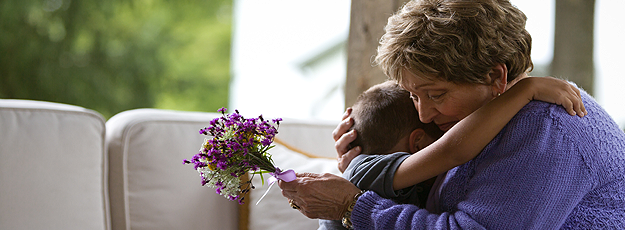Quick Links
Mobile Integrated Healthcare
Emergency Medical Services has evolved, however its historical and primary role as an emergency medical response system has not changed significantly. Today, EMS is more closely integrated into health systems , roles have evolved, and Community Paramedics provide new opportunities for patients.
“In its simplest definition, Mobile Integrated Healthcare (MIH) is the provision of healthcare using patient-centered, mobile resources in the out-of-hospital environment. It may include, but is not limited to, services such… providing community paramedicine care, chronic disease management, [and] preventive care or post-discharge follow-up visits.”
National Association of Emergency Medical Technicians (NAEMT), National Association of EMS Physicians, National Association of EMS Educators, National Association of State EMS Officials, American College of Emergency Physicians et al, January 2014
Clinical Integration and Patient Access
OhioHealth Emergency Medical Services has been a leader in defining the role of Community Paramedics and studying their impact on patient care and outcomes. We work closely with health care, EMS, and community organizations to facilitate care management, access health care and community resources, assist in the development and operations of community paramedicine programs, and provide resources for community paramedic teams.
What We Do
We make connections, accelerate communications, bridge gaps, and improve care between the patient, their caregivers, health care services, and community resources. Our Community Paramedic team provides direct services and also coordinates care with others.
Community Paramedics help patients…
- Improve their health and well-being.
- Reduce 911 use, avoidable readmissions, and costs-of-care.
- Understand their plans of care and post-discharge information.
- Connect with primary care physicians, physician specialists, and other providers.
- Connect with health care resources.
- Home health, DME suppliers, etc.
- Connect with community resources.
- Charitable pharmacy, food banks, housing, senior services, transportation, etc.
- Schedule physician, clinic, and other appointments.
- Access and obtain prescription medications
- Understand what medicines to take and when to take them.
Community Paramedics may…
- Perform patient assessments including clinical, social, safety, environmental, etc.
- Perform diagnostic procedures, including cardiac monitoring, 12 lead ECGs, glucose checks, etc.
- Administer medications and start IVs.
- Carry BLS and ALS supplies, equipment, and medications similar to some emergency ambulances.
- Complete medication reconciliation
- Consult and refer to health care services and providers.
- Provide patient education.
Documents
For OhioHealth Referrers
Consults and Referrals Information
For Non-OhioHealth Referrers
Patient Referral Form
For Patients
General Information for Patients (EN)
General Information for Patients (SP) Información general para pacientes en español
“You Have Been Referred” Flyer for Patients (EN)
“You Have Been Referred” Flyer for Patients (SP) Folleto ” Usted ha sido remitido” para pacientes en español
Resources
Community, Healthcare, and Program resources
OhioHealth Programs and Services
- Cancer Care
- Diabetes Services
- Heart and Vascular
- Laboratory Services
- Mental Health
- Neuroscience
- OhioHealth at Home
- Pain Management
- Primary Care
- Senior Health
- Transgender & LGBTQ+ Healthcare
- Wound Care and Hyperbaric Therapy
Browse OhioHealth Locations
Browse OhioHealth Services
OhioHealth Interactive Health Record
Additional Information
Online: Contact Us
Email: paramedics@ohiohealth.com
Telephone: (614) 566.7632
Fax: (614) 533.0234








